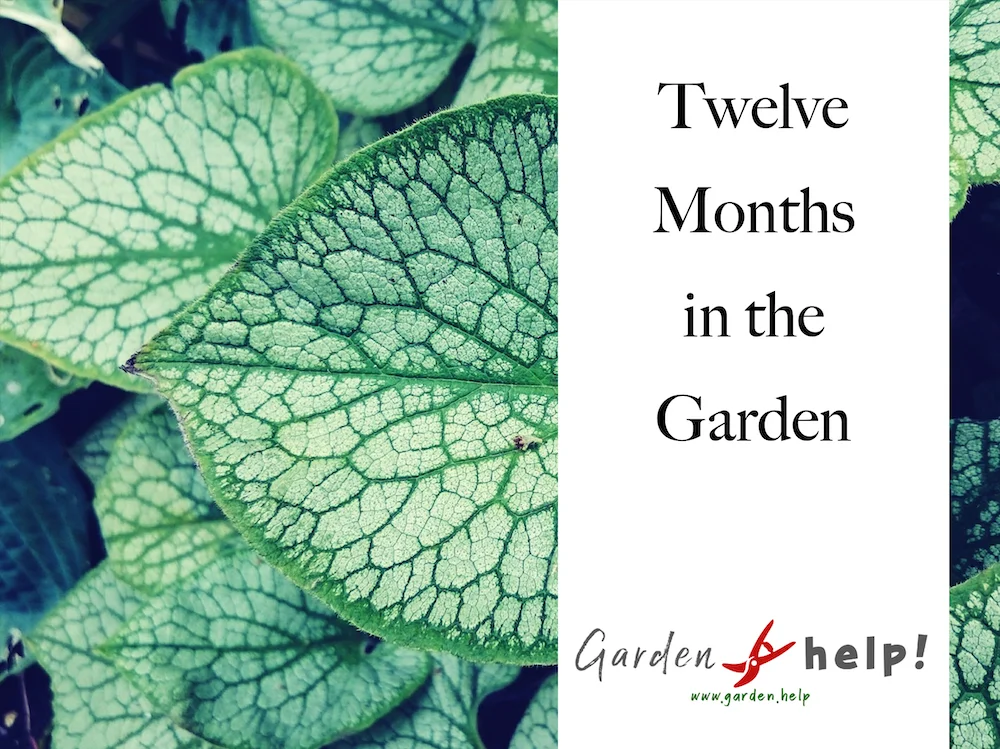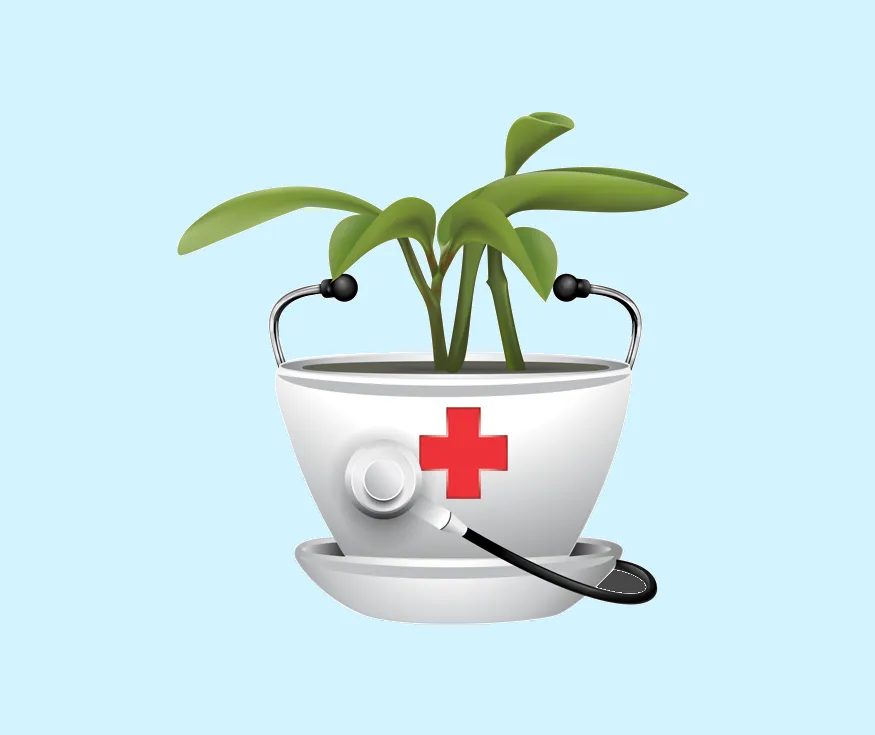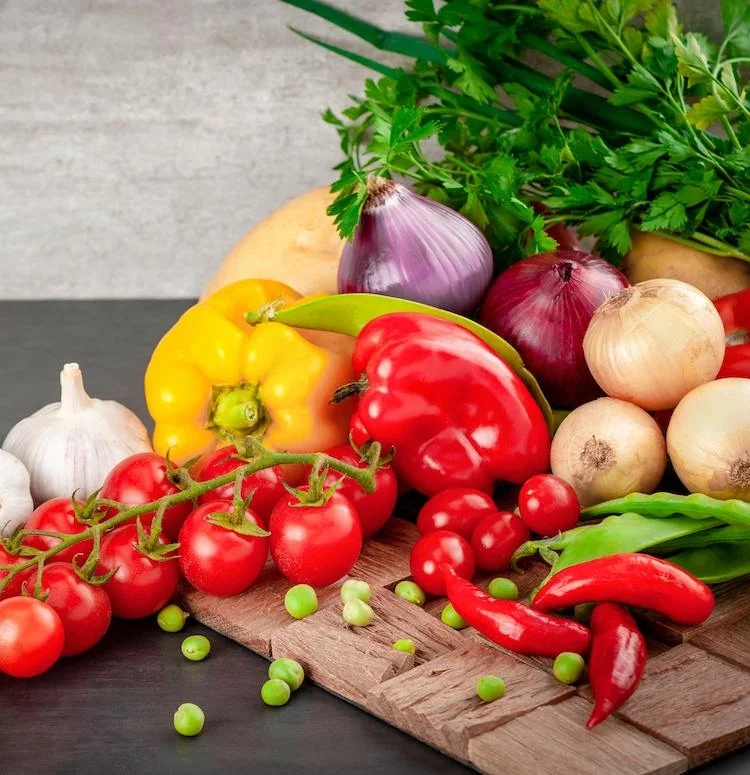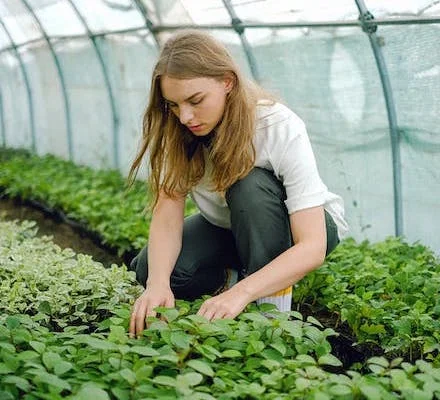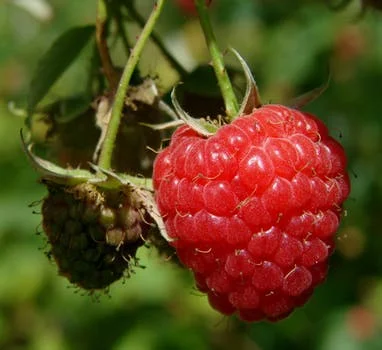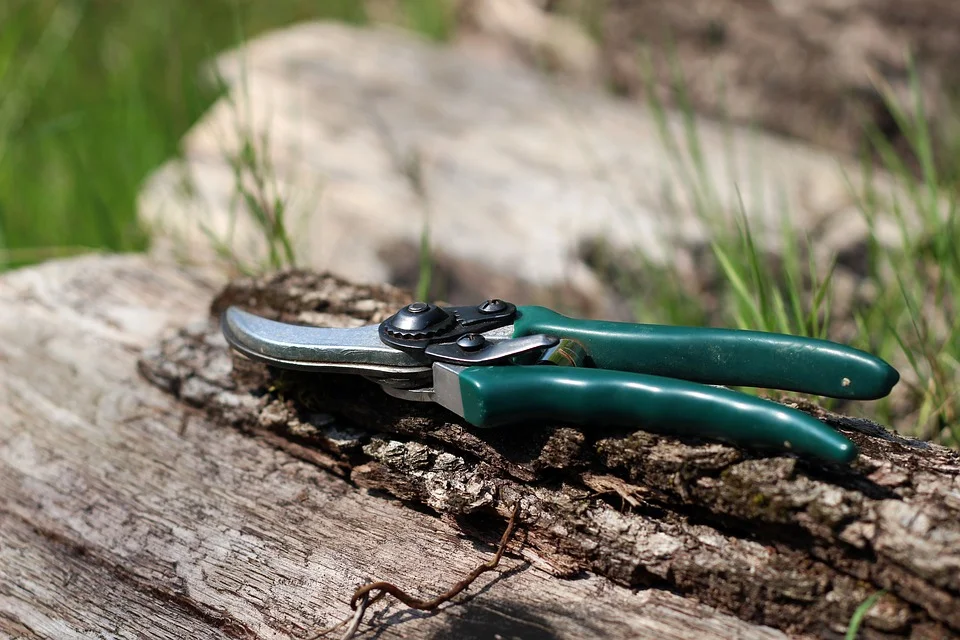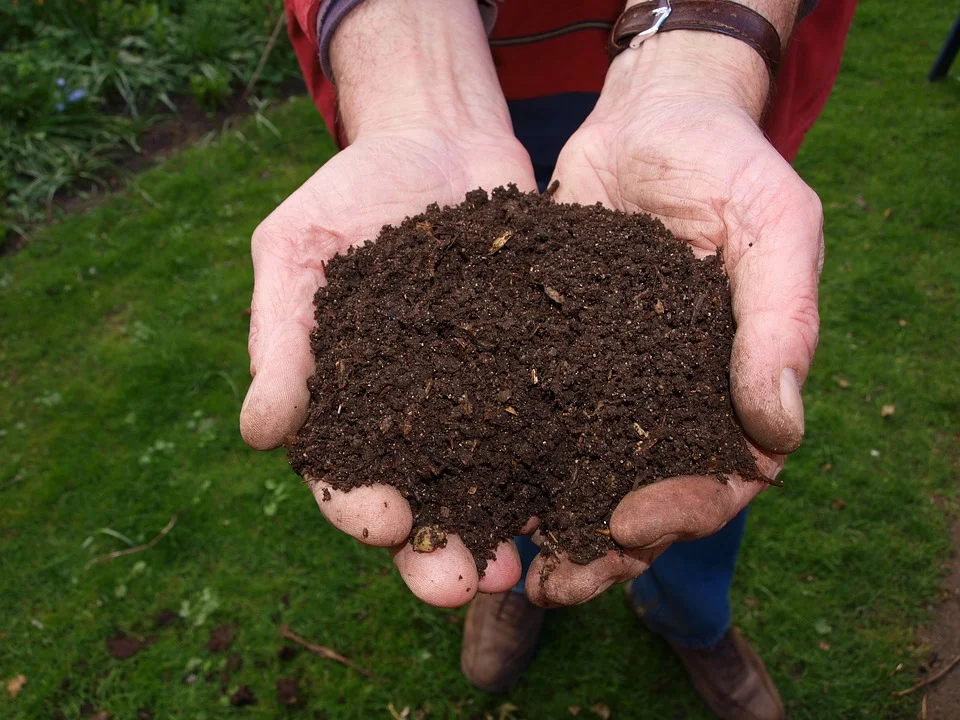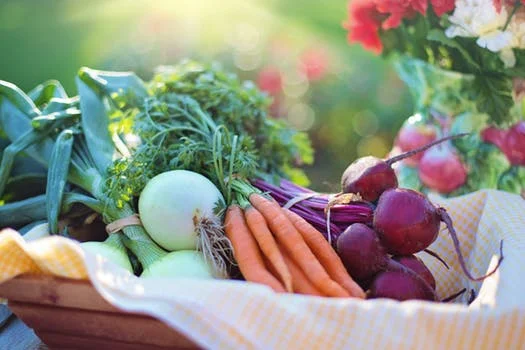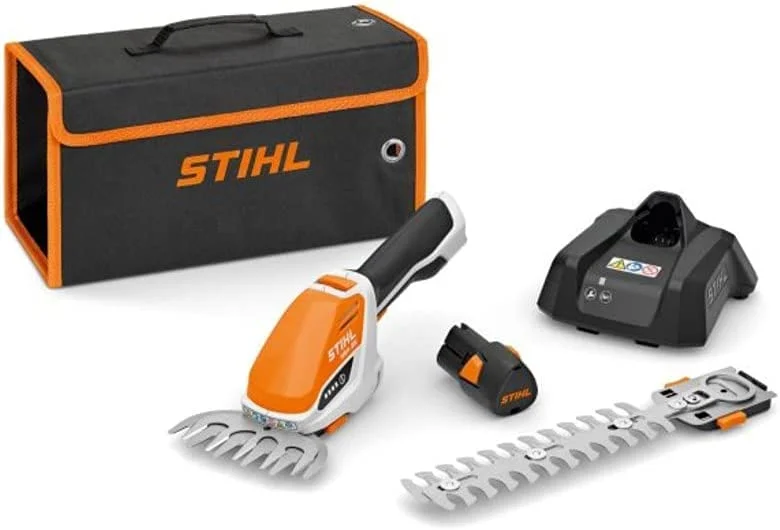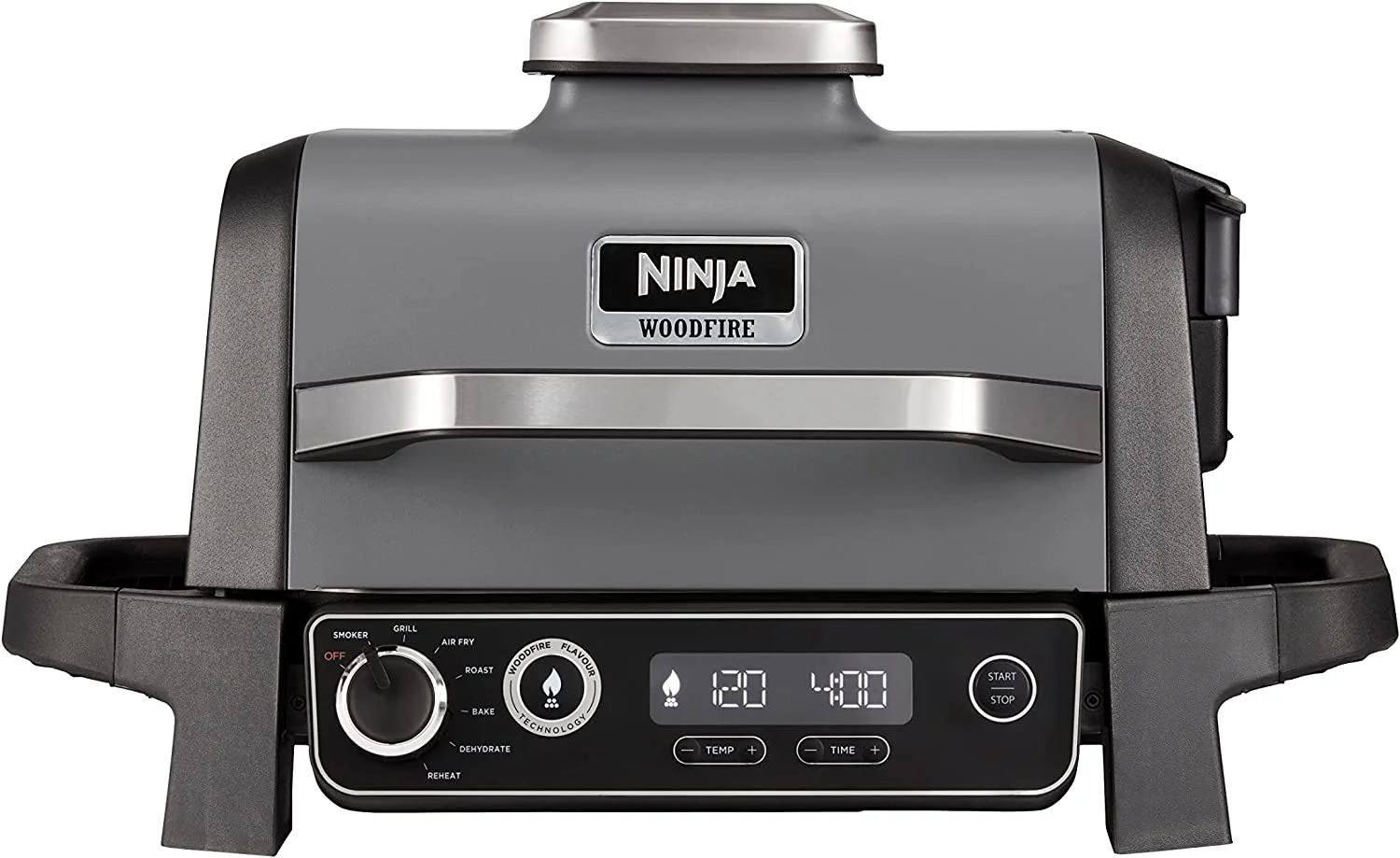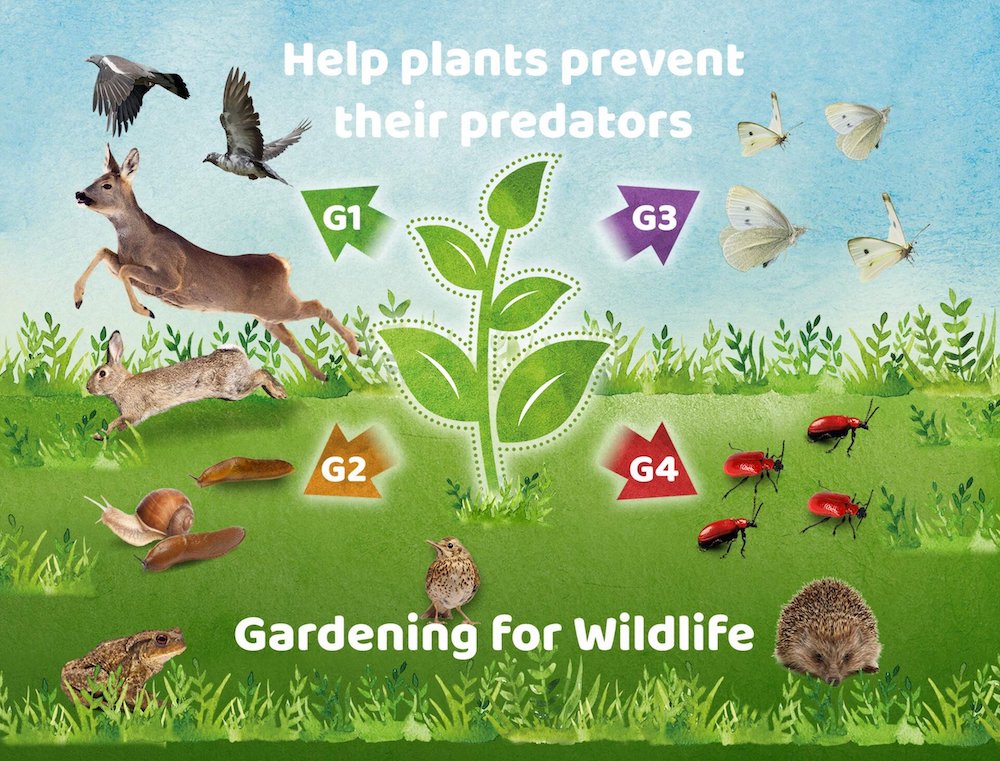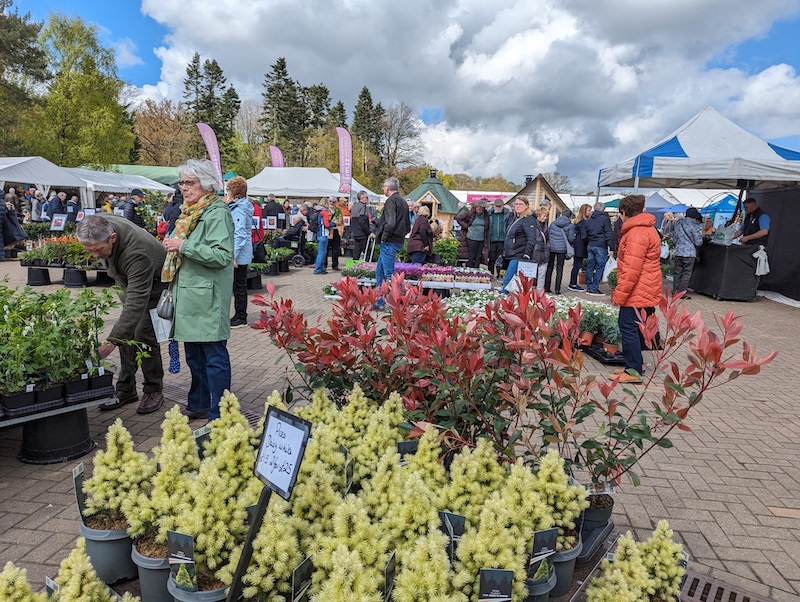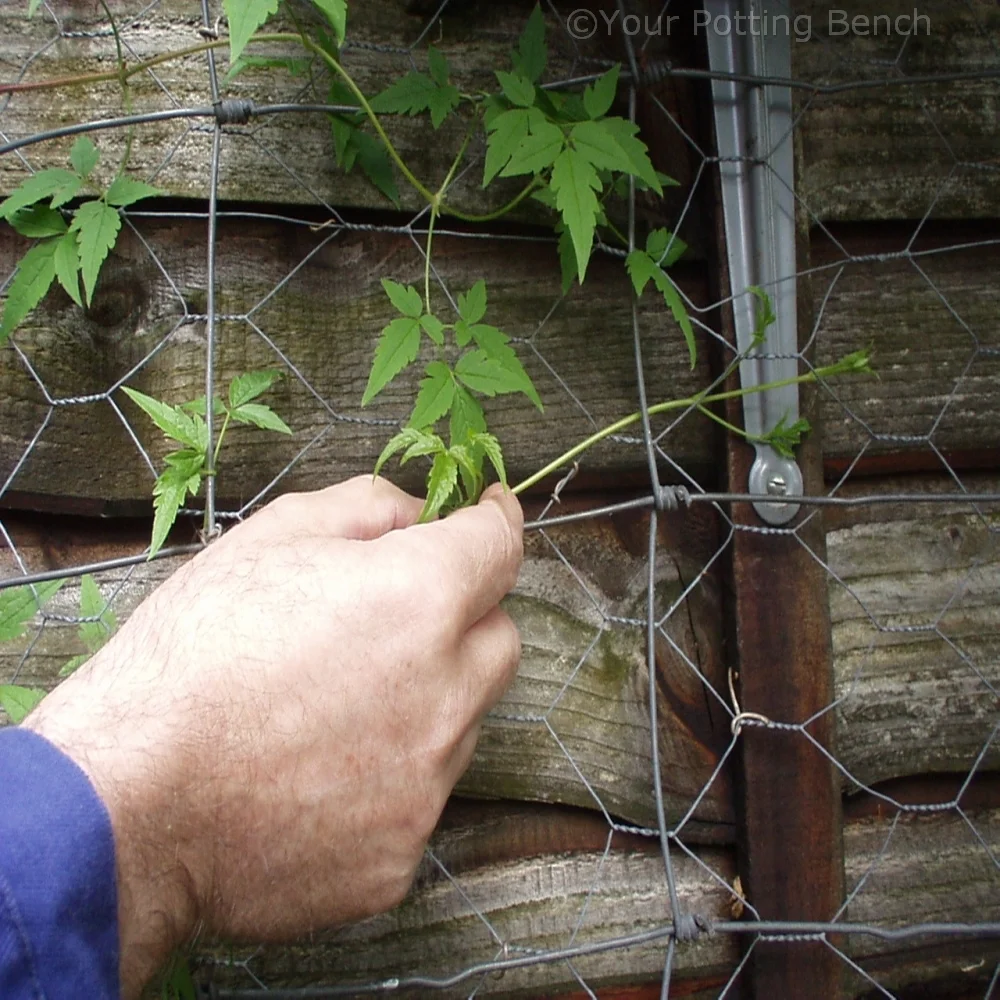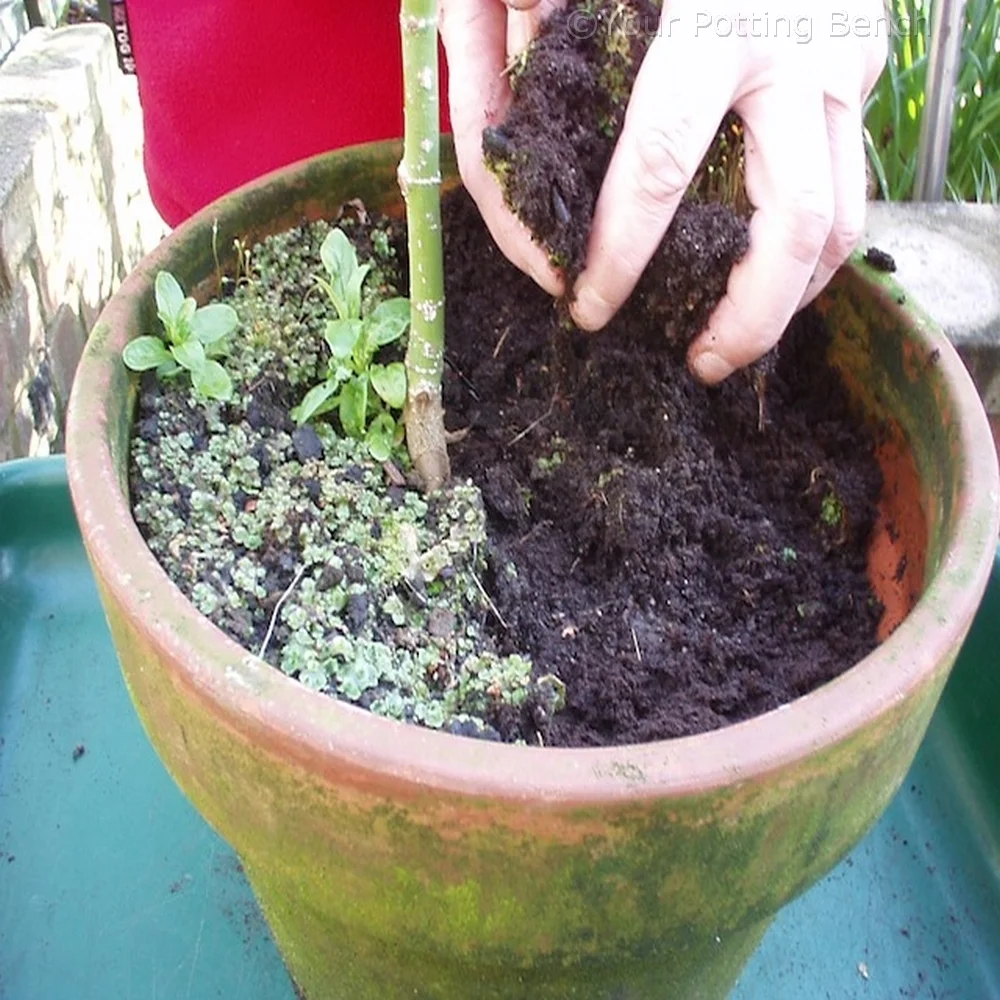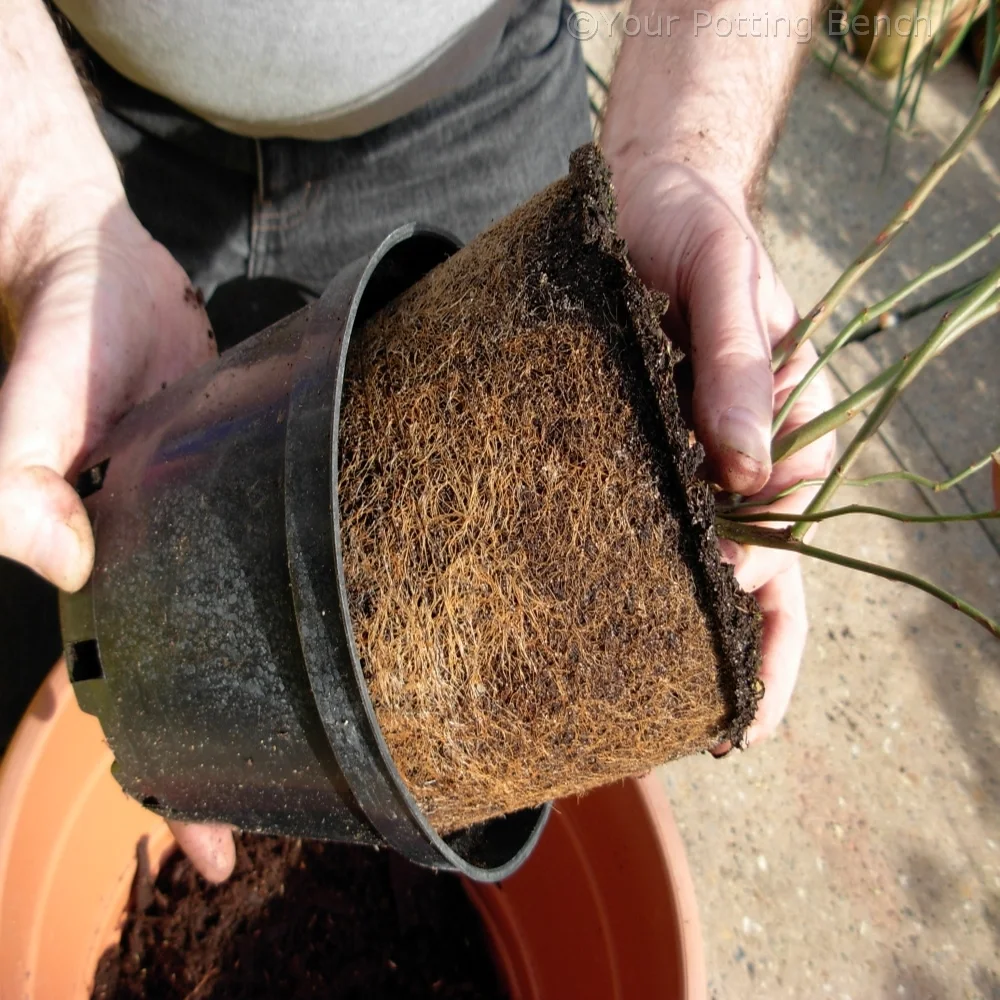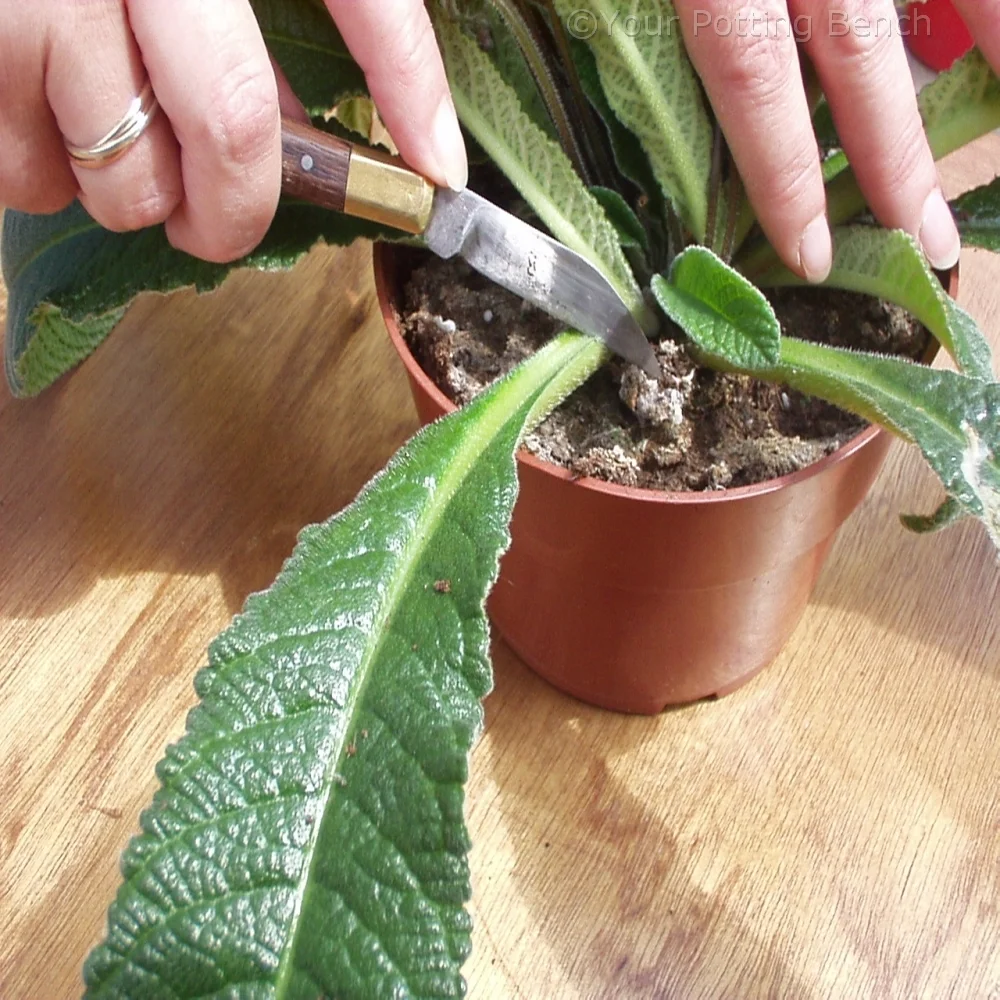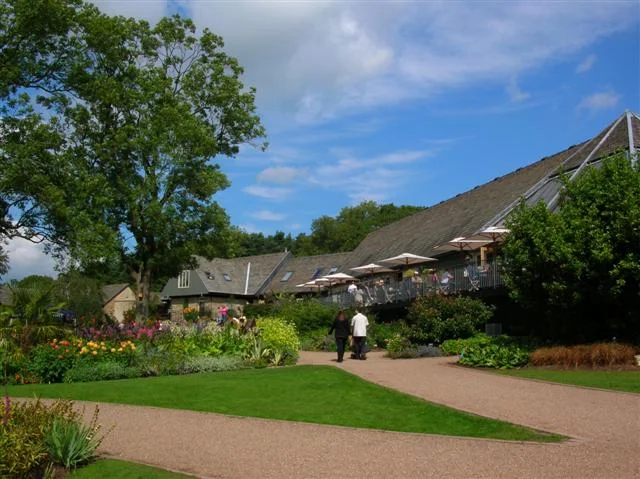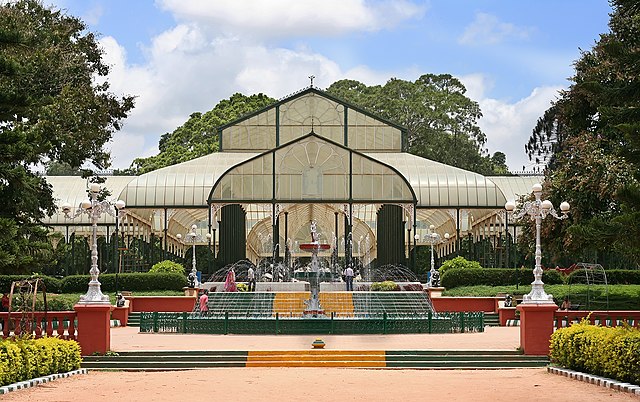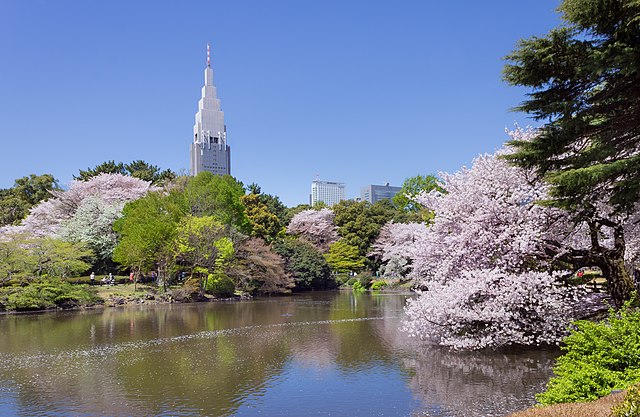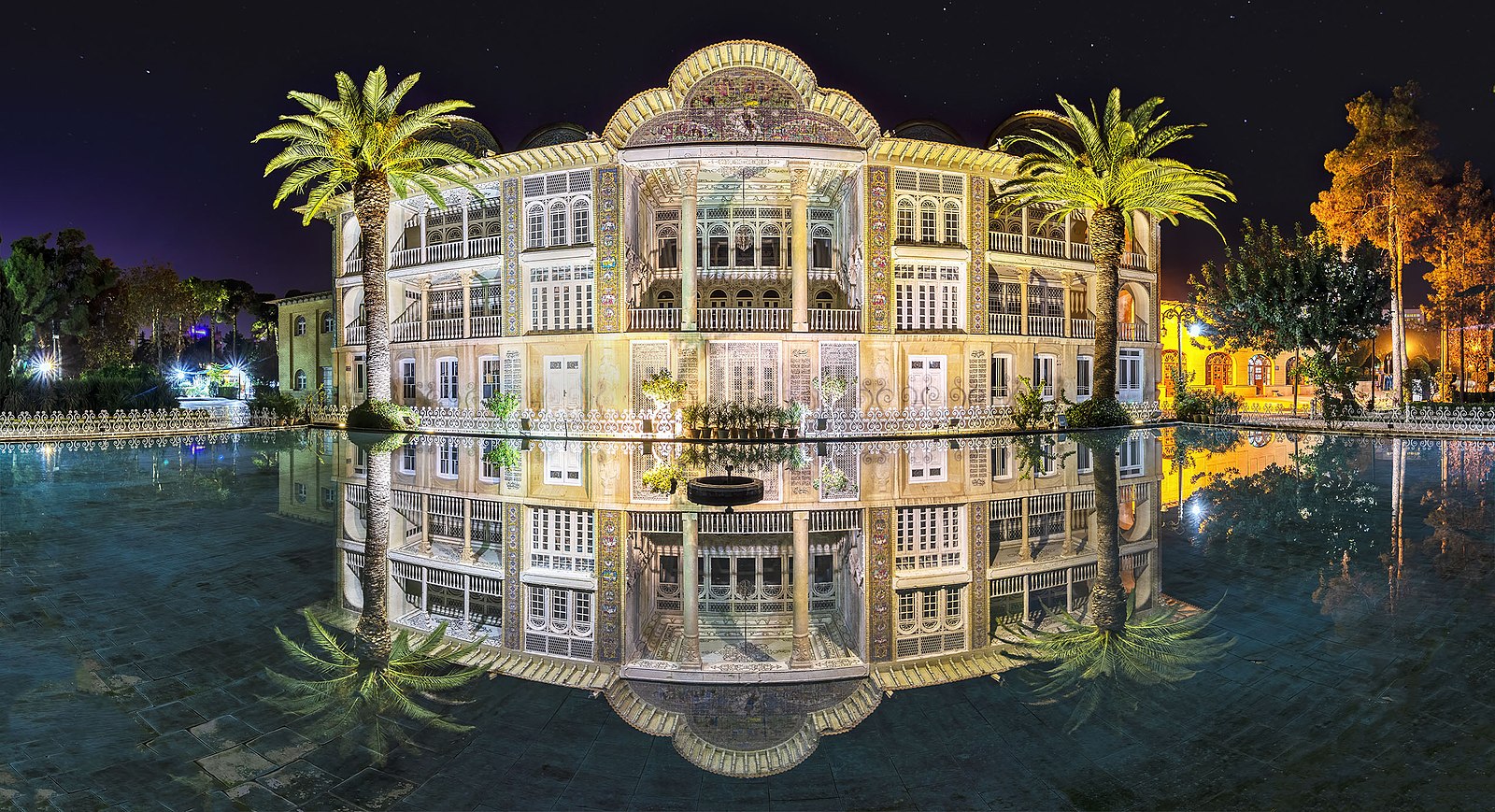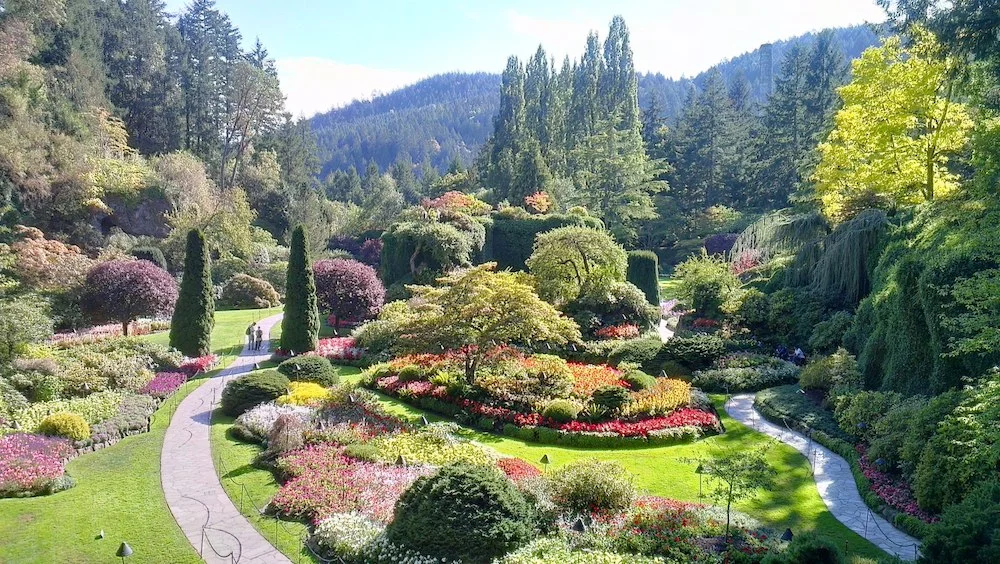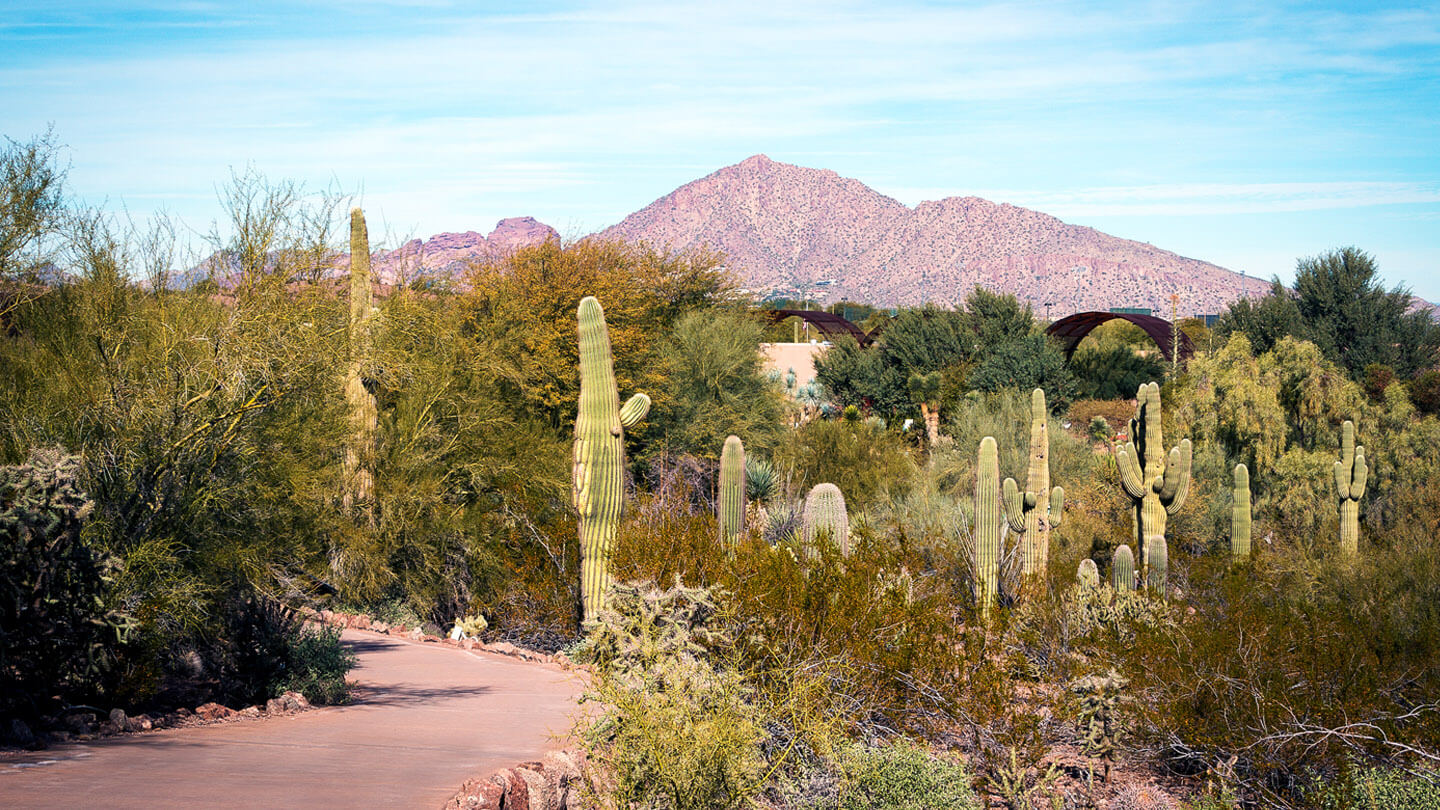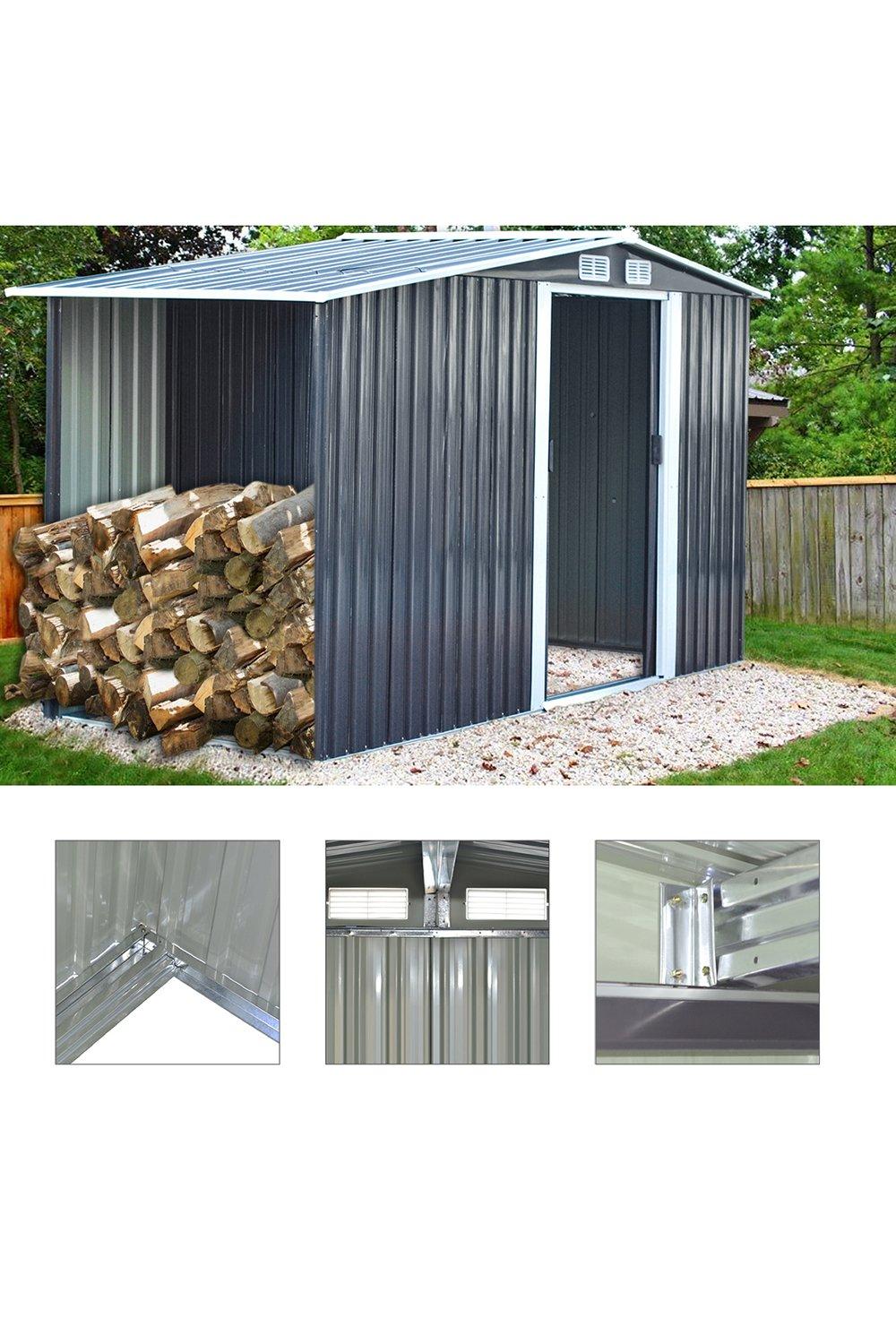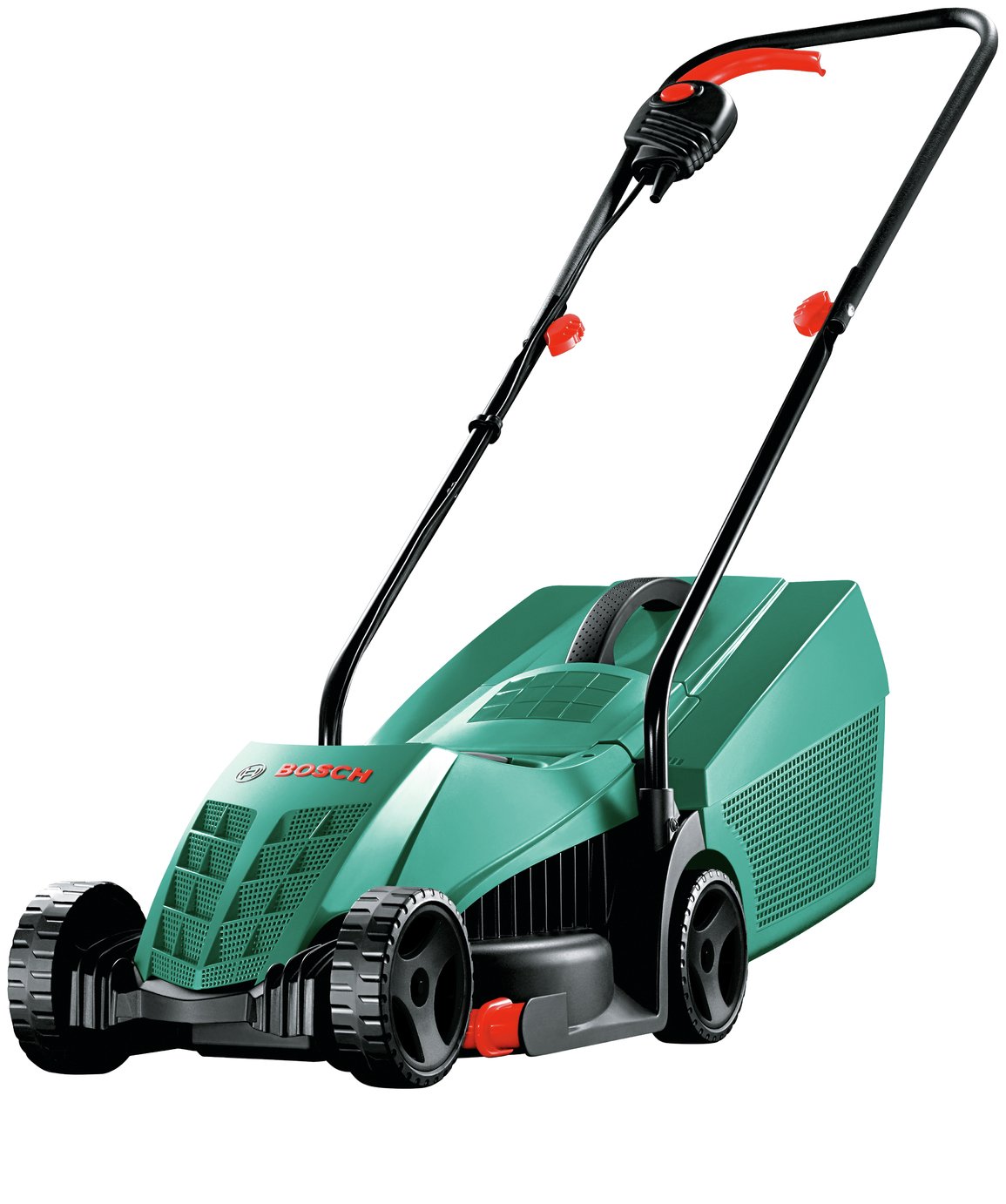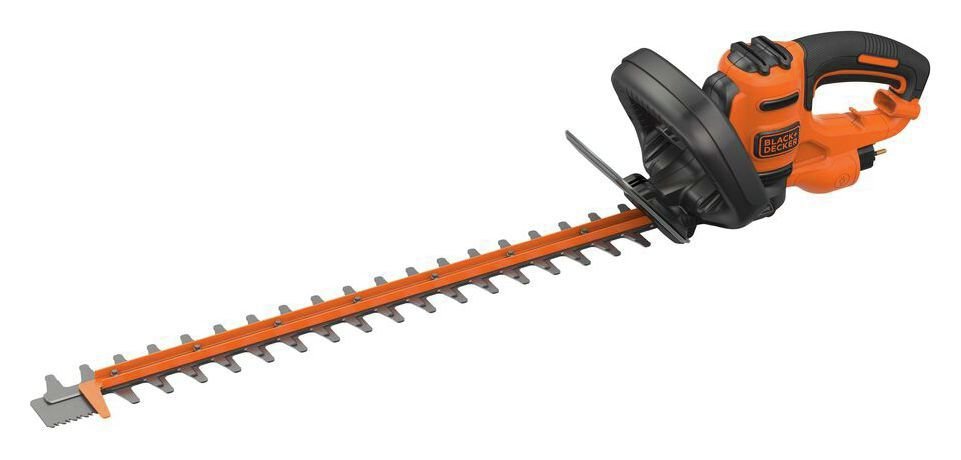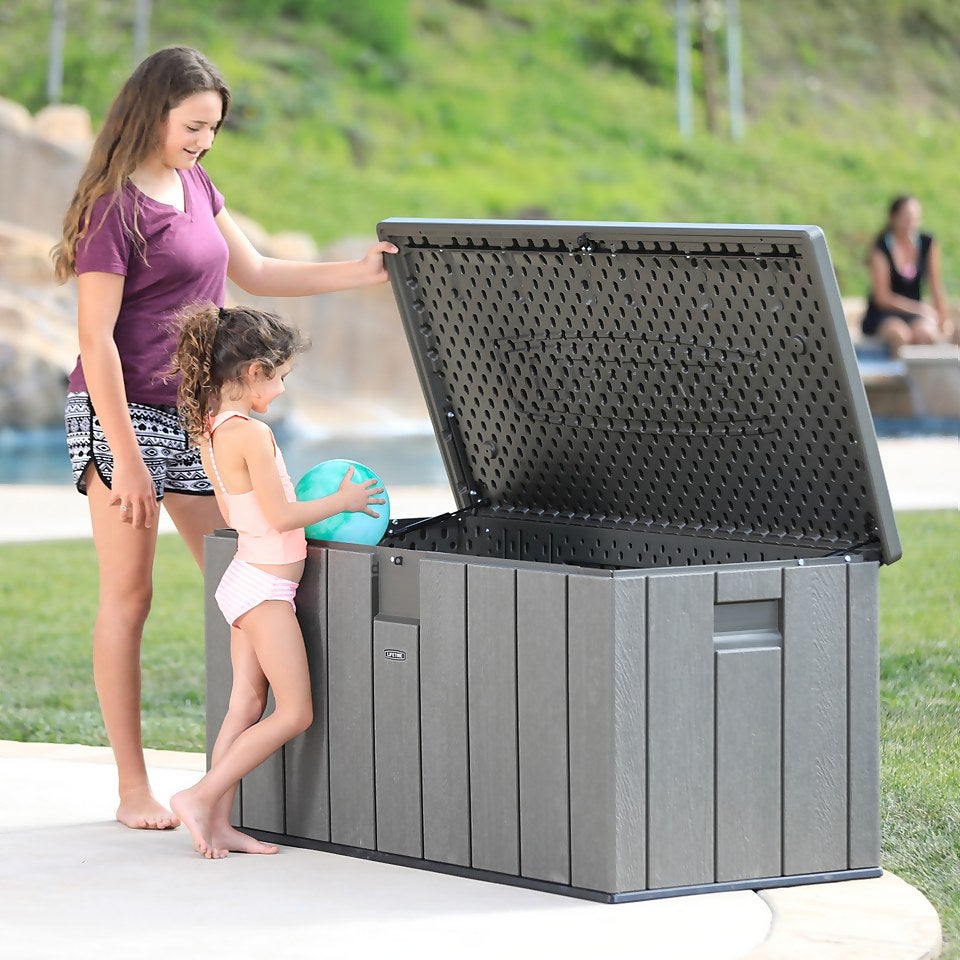Spring-flowering bulbs can be planted from September through December. What a nice way to add early colour to your garden, patio or balcony every spring. Planting spring-flowering bulbs means being able to start enjoying profusions of flowers early in the season. Snowdrops, crocuses, narcissus, tulips and hyacinths – these are the harbingers of spring in your garden, balcony or patio.
Each kind of bulb has its own flowering period. By being aware of this, you can start enjoying flowering bulbs very early in the year. The first to emerge are the winter aconites and snowdrops – the traditional harbingers of spring. Next come crocuses, Glory-of-the Snow (Chionodoxa), narcissus, the first early tulips, and the impressive Crown Imperial (Fritillaria). Alliums will flower from mid-May until far into July. As you can see, making the right choices lets you enjoy wonderful colour for six months of the year.
1. Planting
Before planting, loosen the soil thoroughly. You might also want to work some compost into it. Then dig a hole and arrange the bulbs in an upright position in the hole. (Small bulbs can simply be tossed in.)
2. When to plant
Spring-flowering bulbs can be planted from September and on into December, but try to plant them before freezing weather sets in.
3. Planting depth
The general rule of thumb for the planting depth is to plant a bulb twice as deep as the bulb is tall. For large bulbs such as narcissus, tulips and hyacinths, this will be about ten to twenty centimetres deep. For smaller bulbs such as snowdrops and crocuses, this is about five to ten centimetres.
4. Planting distance
Large bulbs need more space between them than small ones. Plant large bulbs an average of twelve centimetres apart from each other, small bulbs an average of five to seven centimetres apart. The spacing interval (or, another way of looking at it: the number of bulbs per square metre) also depends on the visual effect you want to achieve. For a casual, natural-looking effect, plant the bulbs at varying distances apart and don’t hesitate to put one or two somewhat farther away. If you want a solid-colour floral carpet effect, plant all the bulbs at the same distance apart.
5. Soil type and drainage
Sandy soils drain off rainwater fairly quickly. Clay soils tend to retain moisture longer. Because bulbs don’t like soggy conditions, you may want to take extra precautions if you have a clay soil: lighten the soil by mixing sand or compost into it or sprinkle some small pebbles into the planting holes before putting the bulbs into them.
6. Water and frost
Water the bulbs immediately after planting. This encourages them to produce roots. The sooner the roots have developed, the sooner the bulbs can tolerate cold and frost.
Flower bulbs in pots and containers
Patios and balconies are increasingly being seen as an extension of the living room. During the summer, you can look out over flowering tub plants and annuals in pots and containers. In the spring, flower bulbs provide the colour.
Planting flower bulbs in pots and containers is easy to do. Choose a pot large enough or container with drainage holes at the bottom. Place a few potsherds or some ceramic granules over this hole. This way, excess water can escape easily. Then put potting soil into the pot or container until it reaches the right planting depth for the bulbs. Arrange the bulbs on top of this soil and add more potting soil until it reaches just below the rim of the pot. Bulbs in pots and containers can actually be planted more closely together than if you were planting them in the garden soil. Doing so makes for a prettier effect. For a varied, more natural look, try taking advantage of contrasting flowering heights.
Tip 1
Flower bulbs can tolerate cold winter temperatures. But don’t plant them too closely to the side of the pot because this is the very the place where frost can penetrate. If a very hard frost is forecast, you could wrap the pots with an insulating material such as Bubble Wrap or place them temporarily in a spot that will not get any warmer than 13˚C (55°F)
Tip 2
Terracotta pots can crack during the winter due to the expansion of the soil inside them during freezing weather. You can prevent this problem by planting the flower bulbs in a plastic pot that can be placed inside the terracotta pot. Once again, make sure that any excess water can drain off. During a hard frost, you could fill up the space between the two pots with insulating material.

Planting in layers
You can plant flower bulbs in layers (also known as the sandwich or lasagne system) in your garden as well as in pots and containers. Bulbs that flower latest in the season (such as tulips) are planted in the lowest layer. Bulbs that flower earlier – such as crocuses or grape hyacinths – are planted above. Planting in layers will have no adverse effects on the bulbs. They will simply flower one after another in the same spot. So the same pot or container will provide flowers for many weeks.
Enjoying your bulbs again next year
Many bulbs can be left in the soil after flowering. Just leave them alone and let the leaves wither back on their own. Next year, these same bulbs can produce another beautiful display, but you will have to help them along by providing fertiliser. Apply this fertiliser (either organic or inorganic) when the shoots emerge from the soil, and repeat the procedure immediately after flowering.
Hyacinths
Hyacinths are a favourite because of their scent. They are pillars of delicious fragrance in many different colours. Try planting them near an entrance door or along a footpath so you can enjoy their perfume.
Alliums
These are the stately globes of the bulb world. Large heads or small, they are all magnets for pollinating insects. Try planting purple and white together, or for something a bit different, try Nectaroscordum Siculum which is loved by bumble bees.
Other bulbs which are good for wildlife, particularly insects, are Eranthis Cilicica (Winter Aconites), all crocus and snowdrops. These bulbs are particularly important as they flower early in the year when not much else is in bloom. On a sunny February day, you may see bumble bees searching for nectar. By planting a few of these bulbs, you can make a big difference to your local insect population.
Snowdrops
Snowdrops signal the end of dark winter days, flowering in January and February when not much else is in bloom. They are an important source of nectar for early emerging insects, particularly bees. They come in various heights and sizes.
Crocus
Again, early flowering and available in many different colours, they are a great source of nectar for insects. Nothing looks better than a carpet of crocus on a sunny February or March day, flowers fully open, showing their inner beauty. They are excellent for naturalising in grass or in a border.
Narcissus
The range alone makes them a favourite. If you are careful with your selection, you can have narcissi in flower for up to 5 months of the year from January through to the beginning of May! They come in all different heights and colours, single-headed, multi-headed and fragrant. What more could you ask for?
Tulips
The elegant ‘ladies’ of the bulb world, there is a tulip for every situation. Short or tall, single-headed, multi-headed and fragrant, pastel, primary and bold colours are all available.
Courtesy of the experts at Taylors Bulbs
This story was published on: 01/12/2023
Image attribution: Taylors Bulbs
Links to external, or third party websites, are provided solely for visitors' convenience. Links taken to other sites are done so at your own risk and Garden Help accepts no liability for any linked sites or their content. When you access an external website, keep in mind that Garden Help has no control over its content. Any link from us to an external website does not imply or mean that Garden Help endorses or accepts any responsibility for the content or the use of such website. Garden Help does not give any representation regarding the quality, safety, suitability, or reliability of any external websites or any of the content or materials contained in them. It is important for users to take necessary precautions, especially to ensure appropriate safety from viruses, worms, Trojan horses and other potentially destructive items. When visiting external websites, users should review those websites' privacy policies and other terms of use to learn more about, what, why and how they collect and use any personally identifiable information. Hyperlinks and hypertext links are provided on our website to promote easy access to the variety of information and services provided. We accept no liability arising out of the use of such links, including: misuse or misunderstanding of these hyperlinks and hypertext links and web site navigational methods third party interpretation of data or information which is distributed around the web site and reached using hypertext and hyperlinks third party understanding of or use of the navigational structure of the site or the interpretation of distributed information on the site We may revise
this disclaimer at any time, without prior notice, by updating this web page.
We work hard to make sure that every image is used properly and according to the creator's wishes. If you feel that there is a attribution or copyright issue, please
Click Here
IMMEDIATELY
